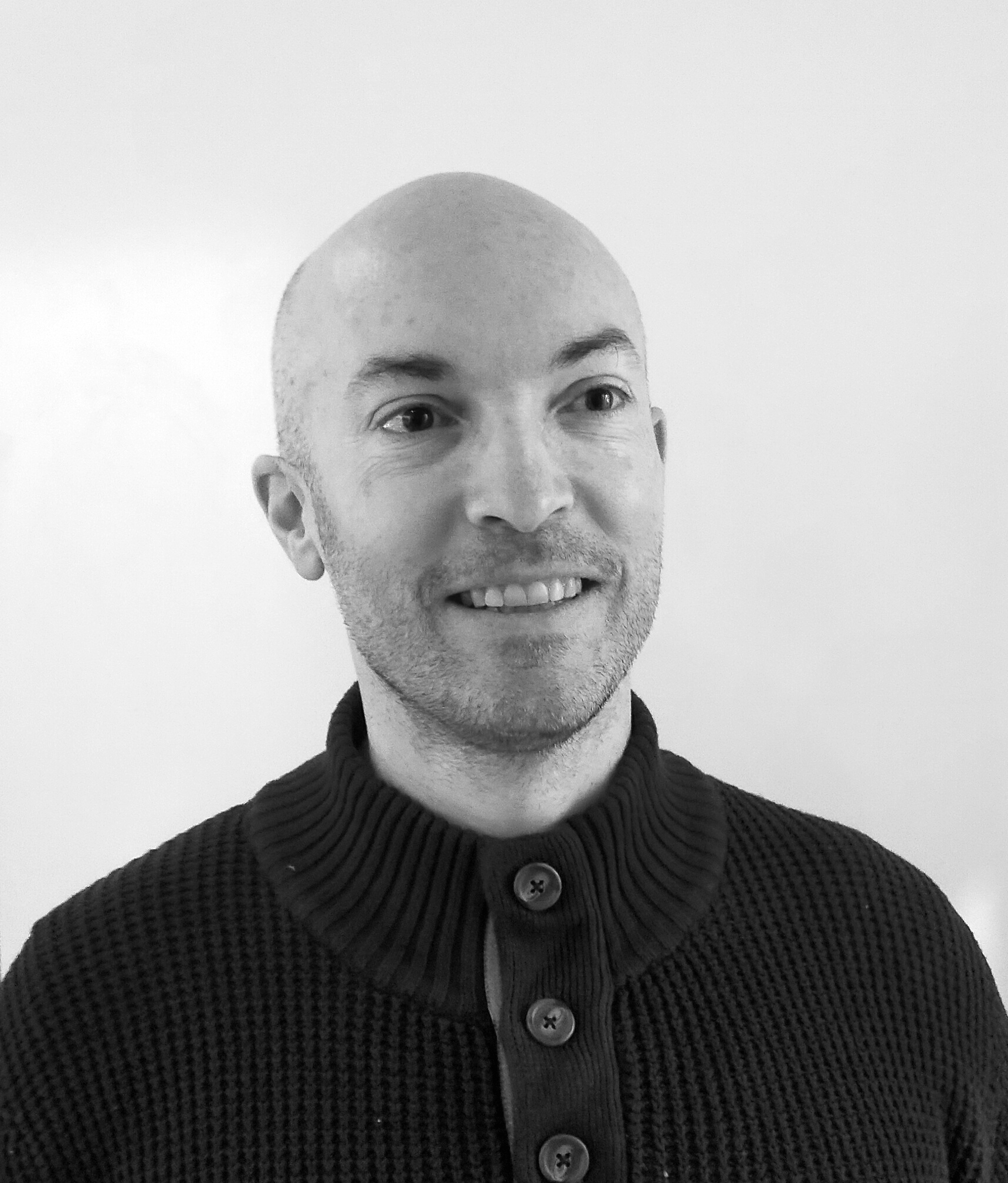Almost 80 years after the Holocaust, on July 21 2024 at around 11.30am, there was an explosion at the old IG Farben chemical plant in Auschwitz. One person was hospitalised and staff were evacuated from the resulting fire, which penetrated the roof. I stumbled across news of this explosion a few months after it happened, tucked away in the website of the huge international chemical company operating from Auschwitz.
It’s hard to believe, but there are still hundreds of chemical engineers working in Auschwitz. In 2015 the Auschwitz branch of The Association of Chemical Industry Engineers and Technicians, which has existed since 1947, held a conference celebrating ‘70 years of Polish chemistry in Auschwitz’. Count back 70 years from 2015 and you arrive in 1945.
The opening speech at the conference, made by a university professor, was about ‘the beautiful traditions of the Auschwitz chemical industry’. This was followed by a lecture from the association’s president entitled ‘Chemistry in Auschwitz 1945–2015’, which mentioned the legacy of IG Farben. The exhibition that accompanied the lecture featured ‘Hitler’s IG Farben plans’.
In 1947 the Nuremberg trial known as the ‘IG Farben trial’ saw only 13 of 24 board members found guilty
IG Farben may no longer be a household name, but in the 1930s and 1940s it was the largest chemical company in the world. It created a vast state of-the-art synthetic chemical plant called Monowitz, or Auschwitz III, built to produce synthetic chemicals for the war effort, such as rubber, explosives and fuel. Slave labour from Auschwitz concentration camp was used to build it, killing 30,000 mainly Jewish inmates in the process. IG Farben director Otto Ambros wrote about the slave workforce, saying “our new friendship with the SS is very fruitful”.
IG Farben Building, Frankfurt, completed in 1931 and seized by the Allies in 1945 as the headquarters of the Supreme Allied Command. In 2001 it became part of the University of Frankfurt (Image: Wikipedia)
IG Farben also produced Zyklon B, the cyanide-based chemical poison used to kill at least 1.1 million people in the gas chambers, almost one million of who were Jews. IG Farben’s contribution to the Nazi war machine resulted in members from both sides of my family being turned to ashes in Auschwitz.
IG Farben had a unique collaboration with the Nazis from the start, financially boosting the beleaguered party in 1933 and helping them gain power. Their synthetic technology specialists, advisers and production were crucial tools for Hitler’s war, and the the Nazis guaranteed their profits. The Poles inherited IG Farben’s infrastructure in 1945 after Germany was defeated, utilising what remained of a ready-made industry built on billions of Nazi Reichsmarks and murdered Jews.

Alex Hearn
The rebranded, sanitised version of the IG Farben plant is still a global leader in producing synthetic materials, supplying leading tyre manufacturers with rubber, and it is also the largest producer of polystyrene in Europe. It is possible that the tyres on your car or the polystyrene in your packaging were made in Auschwitz.
Calling for the chemical plant to be closed or even moved seems unnecessary, but there is a lack of acknowledgment and accountability that has never been properly confronted. The chimney of the Auschwitz plant has been used to broadcast Christian music on commercial radio across the region since 1999.
In 1947 the Nuremberg trial known as the ‘IG Farben trial’ saw only 13 of 24 board members found guilty. They served short prison sentences and then resumed director-level positions in large-scale industries, especially within legacy companies from the now broken-up IG Farben, such as Bayer and BASF. They were allowed to carry on with their lives, and their role in the Holocaust was quickly forgotten.
Auschwitz is often described as a death factory, but it was a dream factory for antisemites. In any given era, people use the tools they have available to enact their fantasy of removing Jews. Recently we have seen reports indicating that Jews are being increasingly frozen out of literature, film, academia and other sectors — eradicated from public life.
It’s hard to believe, but there are still hundreds of chemical engineers working in Auschwitz.
In 1925, Jews in Vienna needed special police protection from the Nazis rioting against the Zionist Congress. In 2025, are attitudes vastly different? Jews need special police protection more than ever, and once again there are protests featuring antisemitism under the pretext of antizionism.
Antisemitic incidents in the UK have more than quadrupled since7 October 2023 and Home Office statistics show Jews, just 0.5% of the population, experience the highest per-capita level of religious hate crime.
The recent explosion in Auschwitz was attended to by the local fire brigade. How will the explosion in antisemitism be put out? The discourse around Jews feels more polluted than it has in the 80 years since Auschwitz was liberated. There is an obligation to properly confront the past and speak out against this normalisation.
Author Primo Levi was a slave labourer producing synthetic rubber at the IG Farben chemical plant. He said: “Auschwitz is outside of us, but it is all around us, in the air. The plague has died away, but the infection still lingers and it would be foolish to deny it.”
- Alex Hearn is director of Labour Against Antisemitism (LAAS)